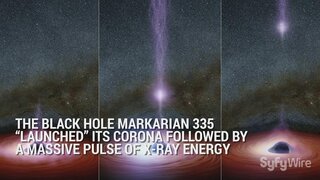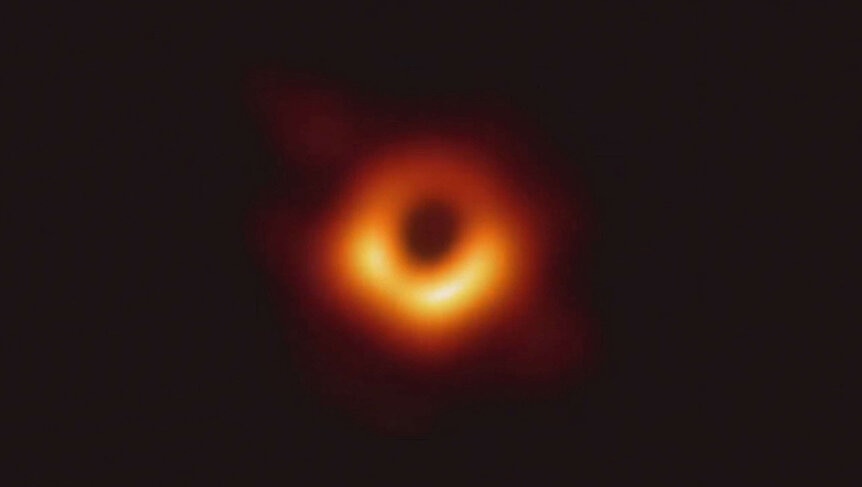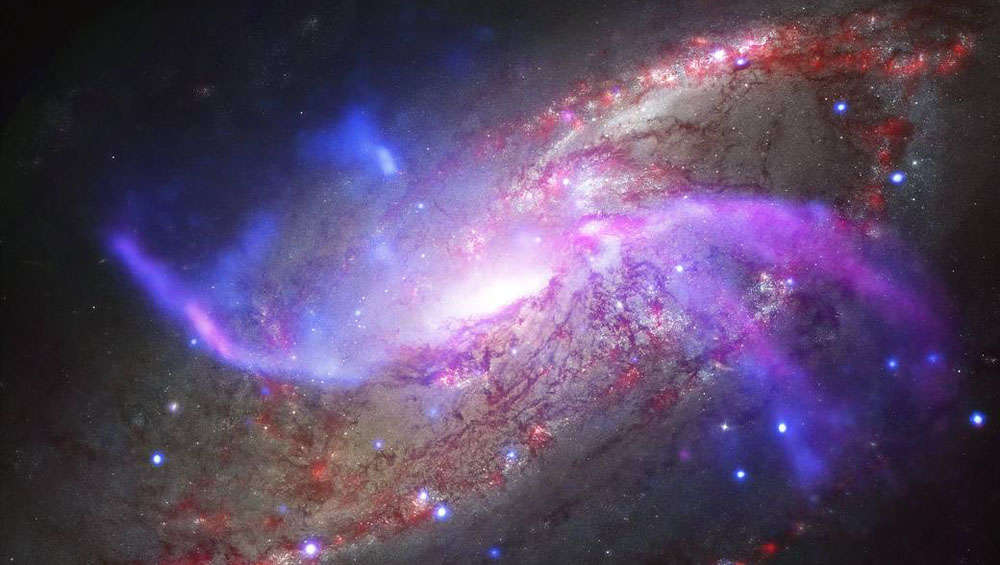Create a free profile to get unlimited access to exclusive videos, sweepstakes, and more!
There Might Be Stealth Black Holes Hiding in Our Cosmic Backyard
Black Holes could be hiding anywhere, even in our own galaxy!
In the spring of 1999, NASA was in the midst of building the modern age of space exploration. The space agency was ferrying astronauts to and from orbit in a small fleet of partially reusable spacecrafts and the organization used those Space Shuttles to help construct the International Space Station. It was a time when the dream of a continual presence in space became a reality, and that dream was reflected in our stories.
Onscreen, fictional astronaut John Crichton (Ben Browder) accidentally pilots the experimental Farscape (streaming now on Peacock, by the way) spacecraft into a wormhole and ends up in a distant part of the universe. Long-term presence in space, indeed! We’re not quite sure how wormholes work (or even if they exist) but one suggested possibility is a connection between a black hole which sucks you up and a hypothetical white hole which spits you out someplace else.
RELATED: Have Scientists Figured Out How to Make Working Wormholes?
For Crichton to end up inside a wormhole, he would have needed to run smack into a black hole without knowing it. That’s easy enough to do considering that inactive black holes (black holes that aren’t currently gobbling something up) are basically invisible, but it would require a black hole to be hanging out nearby. Now, a new study suggests that’s at least a little more likely than we previously supposed, with a candidate black hole 10 times closer than the previous record holder.
Black Holes Detected in Nearby Star Cluster
You’re probably already familiar with supermassive black holes, the ones hanging out in the centers of galaxies. They’re relatively easy to spot both because of their incredible gravitational influence and because they’re almost constantly gobbling up material around them. That’s why another name for these kinds of galactic center black holes is Active Galactic Nuclei (AGN). We can’t see a black hole (that would require the reflection of light) but when matter orbits a black hole before slipping over the event horizon, it heats up and dumps massive amounts of light back into space, and we can see that (see the photo above).
Smaller, stellar mass black holes are mostly inactive and a lot harder to see, but astronomers estimate there are between 10 million and a billion of them in our galaxy alone. Despite those incredible numbers, we’ve only managed to positively locate a few dozen black holes, the closest of which is more than 1,500 light-years away. But a recent study published in the Monthly Notices of the Royal Astronomical Society identifies two or three candidate black holes just 150 light-years from here.
Researchers focused on a nearby star cluster called the Hyades, modeling the gravity of the system based on observations. Because any black holes in the cluster wouldn’t be visible, the idea was to see if the motion and evolution of stars in the cluster could be explained by the gravitational influence of the stars themselves or if something else was hiding in the dark.
The simulations which best match the actual motion astronomers see require the presence of two or three stellar mass black holes in or around the star cluster. “Our simulations can only simultaneously match the mass and size of the Hyades if some black holes are present at the center of the cluster today (or until recently)", Stefano Torniamenti, first author of the paper, said in a statement.
That last bit is in reference to the fact that alternative models in which the black holes were recently ejected from the system (within the last 150 million years) were also consistent with observations. It turns out that star clusters might be the perfect black hole factories and these sorts of stellar mass black holes might be common near many similar clusters. As new stars form in densely packed groups, they are more likely to collide, merge, and collapse into black holes. That’s the thinking, anyway. We’ll need more observations and more models to confirm the black holes in the Hyades and to see if we can sniff out any more of them.
With so many black holes roaming the galaxy, maybe a nearby wormhole onramp isn’t that unlikely. We don’t exactly want to get flung across the universe, but it beats being smooshed into a singularity.
Catch the complete run of Farscape, streaming now on Peacock!
































